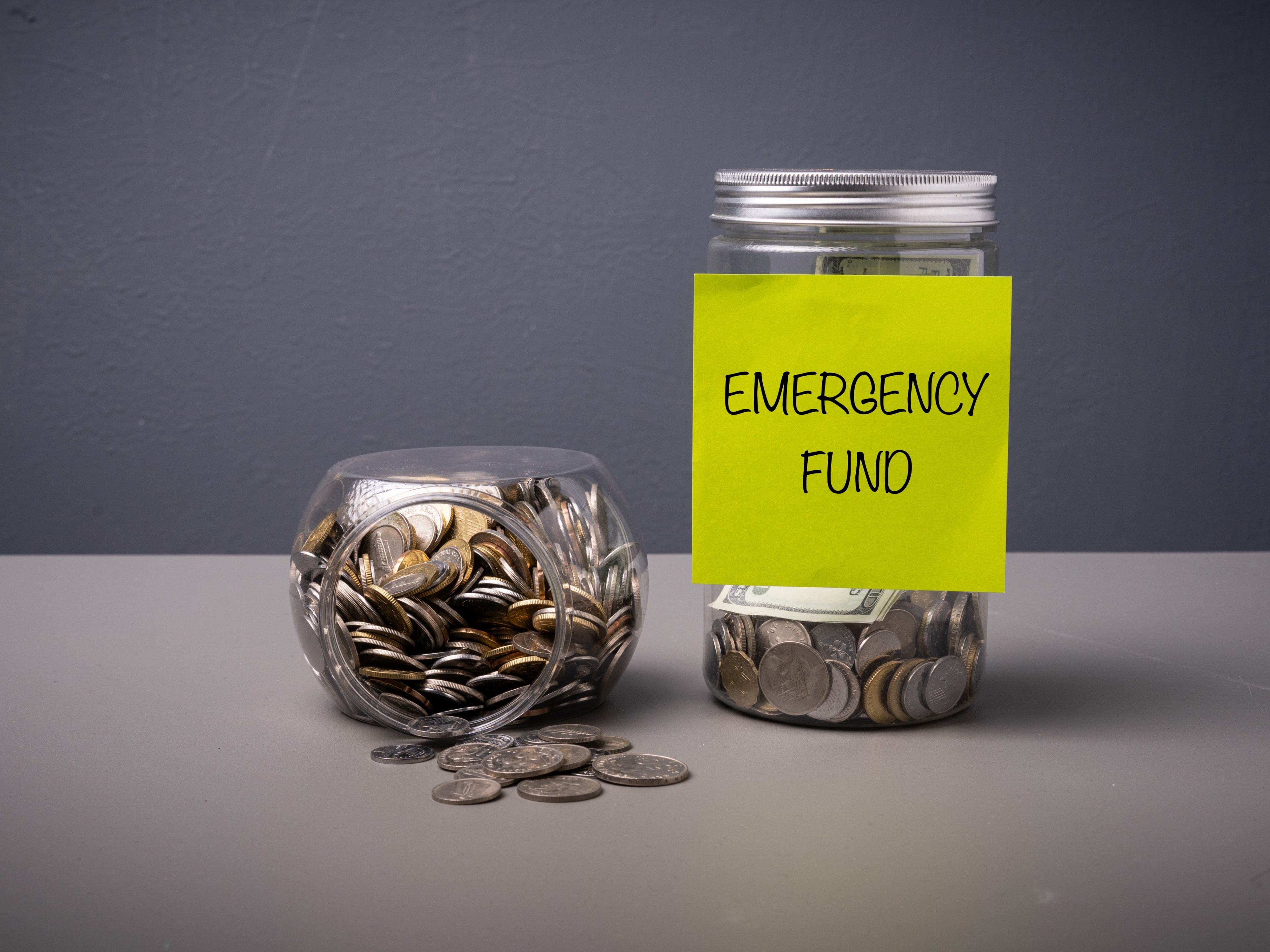
You’re sailing through life with a steady job, a comfortable salary, and all your expenses in check. Then, out of nowhere, your car breaks down, or a sudden medical expense crops up.
You scramble, dipping into savings meant for something else—or worse, taking on debt. It’s a scenario 75% of Indians face because they lack an emergency fund.
Hindsight teaches you the importance of preparedness, but foresight gives you control. Building an emergency fund isn’t just about managing sudden expenses; it’s about peace of mind. Whether it’s a layoff, a health crisis, or an unexpected bill, having a financial cushion ensures you face the future with confidence, not fear. Isn’t it time you started yours?
When Life Throws Curveballs, You Must Be Financially Ready
Emergencies don’t announce themselves, but their impact can be mitigated if you’re prepared. Here’s why having an emergency fund is non-negotiable:
1. Fixed Expenses Don’t Pause
Your regular expenses—rent, EMIs, utilities, school fees—continue even during a crisis. Without a financial cushion, meeting these obligations becomes a challenge, leading to missed payments and penalties.
An emergency fund ensures you maintain stability, covering essential outflows without disrupting your lifestyle or causing undue stress.
2. Cushion Against Income Loss
Job loss or a health issue can temporarily halt your income, creating a financial vacuum. An emergency fund helps bridge the gap, covering necessary expenses until you’re back on track.
Ideally, you should save enough to cover at least 6-12 months of expenses, ensuring you can weather any storm without resorting to loans or credit cards.
3. Prevents Financial Stress
In the absence of an emergency fund, sudden expenses often lead to dipping into long-term savings or taking on high-interest debt. This derails your financial goals and increases stress. A dedicated fund acts as a buffer, allowing you to address unexpected needs while keeping your broader financial plan intact.
4. Immediate Accessibility
Emergencies require quick action, and having easily accessible funds is crucial. Parking your emergency savings in instruments like a savings account, term deposit, or liquid mutual funds ensures that you can withdraw money promptly without penalties or delays when it’s truly needed.
5. Peace of Mind
Knowing you have a financial safety net brings immense relief. It lets you face uncertainties with confidence, focusing on solutions instead of worrying about where the money will come from. This peace of mind is invaluable, especially when life’s challenges come uninvited.
6. Avoid High-Cost Debt
Without an emergency fund, people often turn to personal loans or credit cards to cover sudden financial needs. The interest rates for these loans are usually high. This approach can lead to spiralling debt due to high-interest rates, especially in healthcare or repair emergencies.
A well-stocked emergency fund eliminates the need for borrowing, allowing you to face financial challenges without jeopardising your long-term stability or increasing liabilities.
Setting Your Safety Net: How Much is Enough

Before diving into saving, it’s crucial to determine the size of your emergency fund. The ideal amount varies based on individual circumstances. Start with at least 3-6 months’ worth of living expenses to cover essentials like rent, groceries, utilities, and EMIs.
For those with irregular income, such as freelancers, or additional responsibilities like supporting dependents or paying a mortgage, consider extending your fund to 9-12 months of expenses. Tailor your savings goal based on:
Income Stability: A steady salary requires a smaller buffer than fluctuating income streams.
Dependents and Commitments: Families or high financial obligations need a larger reserve.
Risk Tolerance: The more cautious you are, the larger your safety net should be.
Assess your financial landscape carefully to establish a fund size that offers peace of mind and security in unpredictable times.
How to Build Emergency Funds
Building an emergency fund takes discipline and planning but is achievable with the right strategy. By saving a small portion of your income regularly and choosing the right instruments, you can steadily build a financial cushion. Here are some tips and best practices to help you get started:
1. Start Small, Stay Consistent
Begin by setting aside a fixed percentage of your income each month, even if it’s as low as 5-10%. Automate savings through standing instructions to transfer money to a dedicated emergency fund account. Consistency matters more than the amount initially—small contributions add up over time and build the habit of saving.
2. Cut Non-Essential Expenses
Analyse your monthly spending and identify areas to trim unnecessary costs, like dining out subscriptions, or impulse shopping. Redirect the saved money into your emergency fund. For instance, cutting back on a ₹500 weekly expense can translate into ₹24,000 annually—a significant boost to your fund.
3. Use Windfalls Wisely
Bonuses, tax refunds, or unexpected cash gifts can provide a big leap toward your emergency savings. Instead of splurging, commit at least 50-70% of such windfalls to your fund. This practice accelerates your savings without disrupting your regular budget.
4. Leverage SIPs for Regular Savings
Systematic Investment Plans (SIPs) in liquid mutual funds are a great way to build your fund. They offer decent returns, liquidity, and disciplined savings. With as little as ₹500 per month, you can start a SIP and grow your emergency fund steadily while keeping the money accessible.
5. Separate Your Fund
Keep your emergency savings in a dedicated account or financial instrument to avoid using it for everyday expenses. Opt for a 2-in-1 savings account with a linked fixed deposit or liquid fund to maintain liquidity while earning returns. This segregation ensures the fund is reserved for genuine emergencies.
6. Set Incremental Goals
Start with a short-term goal, such as saving one month’s expenses. Gradually aim for three months, six months, and ultimately 12 months of expenses. Breaking the target into smaller, achievable milestones keeps you motivated and on track.
Your Safety Net Starts Today
An emergency fund is a lifeline that shields you from life’s uncertainties. From covering essential expenses during income disruptions to avoiding costly debt, its importance cannot be overstated. The key is to start small, stay consistent, and choose the right saving methods.
Remember, the peace of mind and financial security it brings far outweigh the effort. Begin building your fund today, and take the first step toward a worry-free future.
Secure your future now—connect with our advisors for a step-by-step savings strategy!
Disclaimer: This information provided is intended for general informational purposes only. It is not a substitute for professional advice or guidance. For personalised recommendations or specific concerns, please consult a certified professional.




